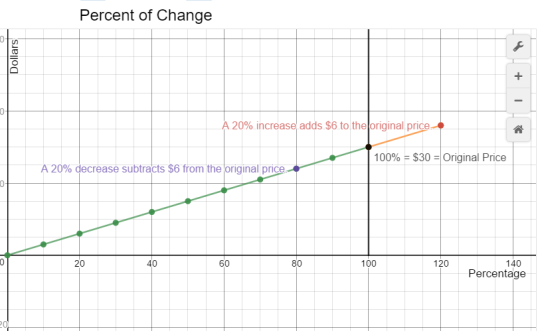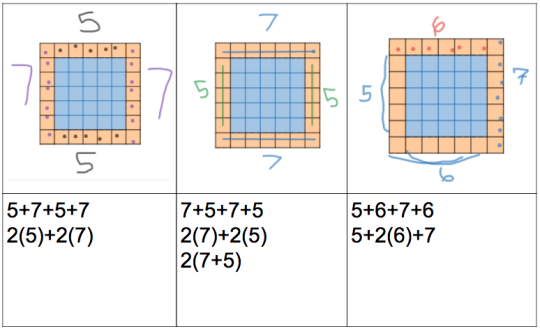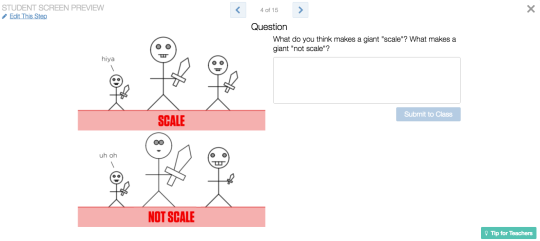Fellows’ Lounge: Conference Proposals
The Desmos fellows have been brainstorming possible sessions for upcoming
state and national conferences. This past week we considered the following
questions to help us get ready to write our proposals:
What is your big idea for the session? If that idea is aspirin, then what is the teacher’s headache? Under what circumstances, would your big idea offer teachers a feeling of relief from pain or a feeling of power over a problem they experience frequently?
Here are some of our ideas:
-
Jade White is working on a
proposal for a session focused on activity building. Participants in this
session might ask, “How do I design an activity to meet the goal of my
lesson? Which Activity Builder tools do I use (sketch, draw, answer, etc)
and when? How do I conclude the lesson?” To help with these challenges Jade
hopes to focus on a design process to help teachers develop their ideas and
move from the big lesson idea to the individual screens of the activity.
- Jenn Vadnais is proposing a session on using Desmos to develop double number lines and visuals for representing the proportionality of percents. This session’s aim is to build coherence around related topics that are taught in grades 6-7, and to support conceptual understanding of percents.

Students can use color and labels to demonstrate understanding of percents.
-
Paul Jorgen’s session idea is
around the headache many of us encounter when a group of students are all in
varying spots in a task. He states, “We will see mistakes in their work. We
might wonder if they arrived by many trials and if those repeated trials
have led to learning. What moves do we make? Where are the opportunities the
formative assessment? What role do we take facilitating the task?” The
aspirin for this session is around pedagogy of digital activities and
helpful teacher moves.
-
In her role as an instructional coach,
Allison Krasnow noticed
that teachers can feel torn between spending time at their computer looking
at student work and circulating the classroom to help struggling students,
including English Language Learners. Allison has been using Desmos
activities along with word banks, sentence frames and screen shots of
student work as warm ups to support all students developing academic
language and deepening their ability to communicate mathematically.

Student work from the Pool Border Problem.
-
Dave Sabol is leading a couple
of multi-day Activity Builder sessions this summer with a focus on how to
use Desmos activities to improve student engagement. He sees the headache as
a lack of student engagement, with the aspiring being the ability to
leverage the dashboard with an understanding of the
Activity Building Code
to meet students where they are and bring them into the class discussion and
lesson.

One way to engage students is to start with informal ways of thinking.
-
Anna Scholl’s session idea
is on demonstrating activities that create conversation naturally and how to
use the teacher pacing tools to facilitate classroom conversation.
-
Linda Saeta’s session idea is
about how to develop in students a habit of using math to become informed
voters.
Look for these and other Desmos sessions at a conference near you!
